What is the Oil Rig Movement and What are the Precautions in Bad Weather
Oil rigs, those towering structures that dot the oceans and seas, are a critical component of the global oil industry. These colossal structures are designed to extract oil and natural gas from beneath the seabed, a process that is both complex and challenging. One question that often arises is whether oil rigs move during bad weather conditions. In this article, we will explore the factors that influence oil rig movement and the precautions taken to ensure their stability in adverse weather conditions.
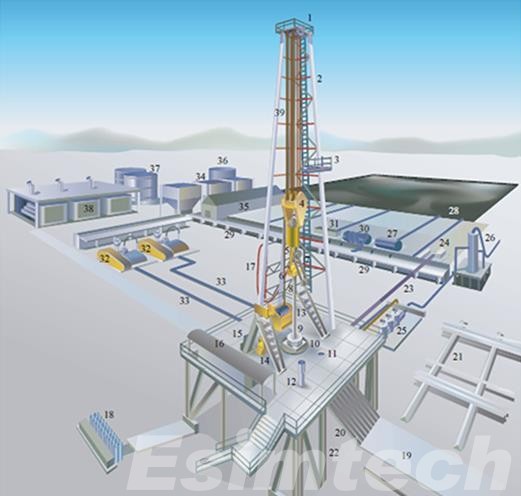
Understanding Oil Rig Movement
Oil rigs, also known as drilling platforms or offshore platforms, are typically constructed to extract oil and natural gas from beneath the ocean floor. These platforms come in various forms, including fixed platforms, semi-submersible platforms, and floating production systems.
Oil rigs are equipped with an intricate network of machinery, drilling equipment, and accommodation facilities for the crew. They are often situated in deep waters, where they face the challenges of the open sea and unpredictable weather conditions.
Fixed Platforms vs. Floating Rigs
The movement of oil rigs in bad weather largely depends on the type of rig in question. There are primarily two types of oil rigs: fixed platforms and floating rigs.
Fixed platforms, as the name suggests, are firmly anchored to the seabed. These structures are immobile and do not move during bad weather conditions. Fixed platforms are suitable for shallow waters and areas with relatively calm sea conditions. They are a stable and secure choice for drilling operations in these environments.
On the other hand, floating rigs, also known as mobile offshore drilling units (MODUs), are designed to operate in deeper waters and are more versatile when it comes to location. Floating rigs, such as semi-submersibles and drillships, are equipped with dynamic positioning systems and thrusters that allow them to maintain their position even in rough seas. While they may sway or bob with the waves, they do not move significantly from their drilling location.
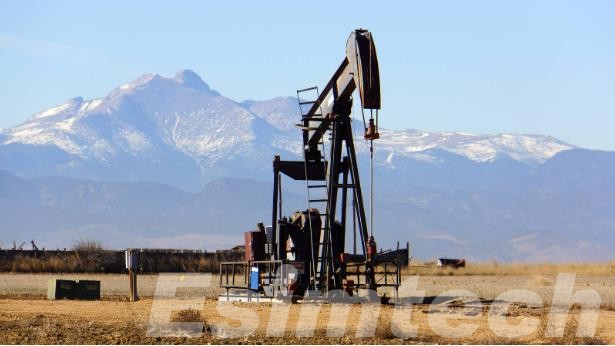
Factors Influencing Oil Rig Movement
Several factors can influence the movement of oil rigs in bad weather.
1. Rig Type
As mentioned earlier, the type of rig plays a significant role in its ability to move in bad weather. Fixed platforms remain stationary, while floating platforms and semi-submersibles are designed to be more adaptable to the ocean’s dynamic conditions.
2. Wind Speed
Strong winds can exert lateral forces on oil rigs, affecting their stability. Floating rigs are designed with large thrusters and dynamic positioning systems to counteract these forces, while fixed platforms are less affected by wind speed.
3. Currents
Ocean currents can also impact the movement of oil rigs. Floating rigs have the advantage of being able to move and reposition themselves to counteract the effects of strong currents.
4. Wave Height
High waves, especially in the open sea, can cause oil rigs to sway or pitch. While floating rigs are equipped to handle this movement, excessive wave height can lead to temporary suspension of drilling operations for safety reasons.
5. Ice and Cold Weather
In the Arctic regions, oil rigs can face challenges like drifting ice and extreme cold temperatures. Specially designed ice-resistant rigs are employed in these areas, built to endure ice pressure and maintain stability even in icy waters.
6. Storms and Hurricanes
The harshest weather conditions, including hurricanes and tropical storms, can be highly risky for oil rigs. During such extreme events, drilling operations are typically paused temporarily, and rigs are evacuated to safer locations to ensure the safety of the crew and protect the rig from potential damage.
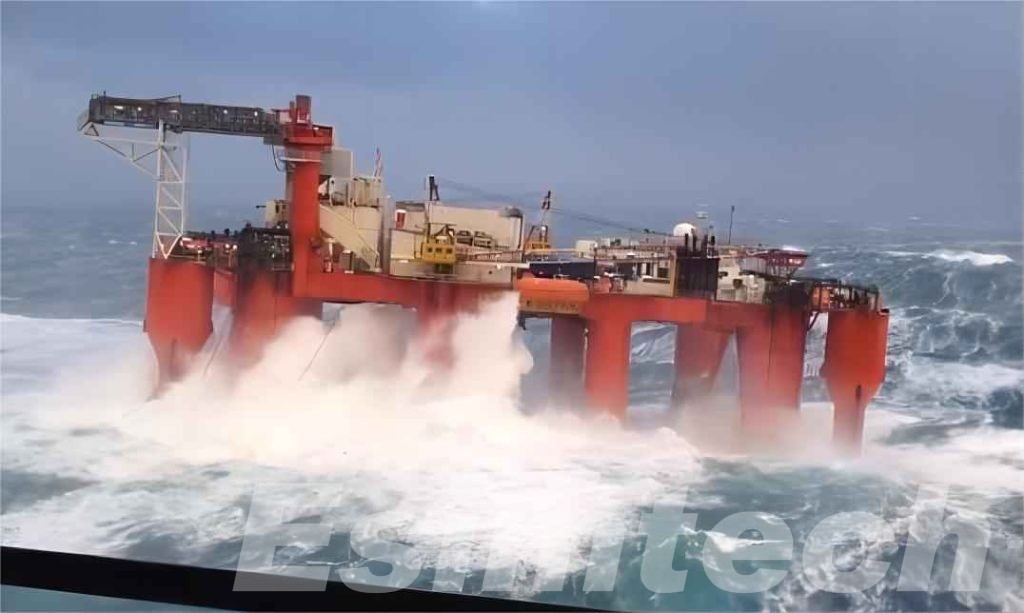
Precautions and Safety Measures for Oil Rig Movement
To ensure the safety of personnel and safeguard the environment, oil rig operators employ various precautions and safety measures when faced with adverse weather conditions:
- Rig Design: Rig designers carefully consider the unique environmental factors of the rig’s operating location. These considerations encompass elements like wave height, wind speed, and water depth, all aimed at guaranteeing the rig’s stability.
- Dynamic Positioning Systems: Floating rigs are equipped with advanced dynamic positioning systems that employ thrusters to continually adjust the rig’s position, countering the effects of waves and currents to maintain stability.
- Weather Monitoring: Rig operators maintain vigilant monitoring of weather conditions, encompassing parameters such as wind speed, wave height, and atmospheric pressure. If conditions deteriorate beyond safety thresholds, drilling operations are temporarily suspended.
- Evacuation Protocols: Rig crews undergo thorough training in evacuation procedures and safety drills. In the event of severe weather, personnel can be evacuated to predetermined safe areas on the rig or to support vessels.
- Anchor Systems: Certain floating rigs utilize anchor systems alongside dynamic positioning. These anchors can be deployed to provide added stability during unfavorable weather conditions, further ensuring safety and rig integrity.
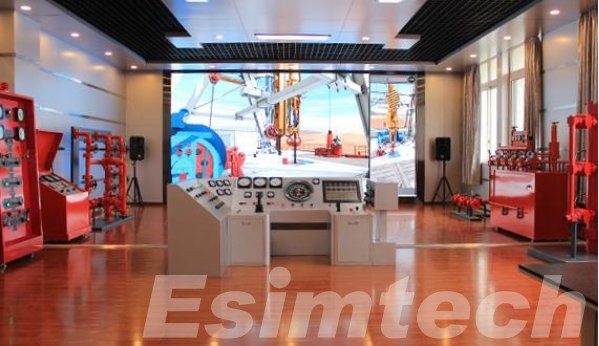
The Importance of Simulation Technology for Oil Rig Movement
Simulation technology is a critical tool in the oil and gas industry, particularly when it comes to understanding how oil rigs behave in challenging environments. Oil rigs operate in tough conditions, and simulating their behavior is essential for safety, efficiency, and risk reduction. Here’s why simulation technology matters:
Design and Safety
Engineers use emergency simulations to create virtual models of oil rigs and test how they perform in different weather conditions. This helps them design safer and more reliable rigs.
Training and Learning
Crew members need to know how to handle bad weather situations. Simulations provide realistic training experiences, helping them learn how to respond during storms and emergencies.
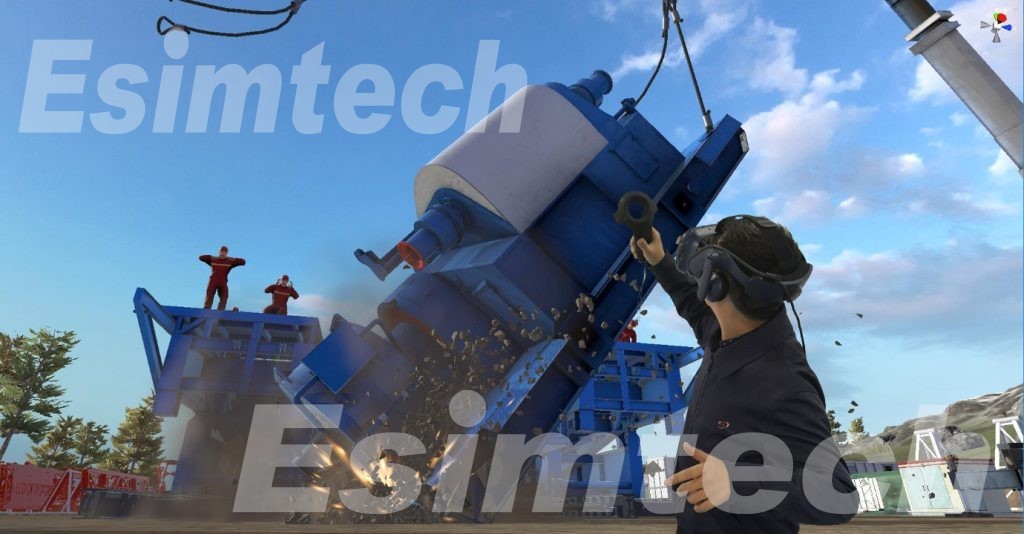
Risk Management
Simulations assess potential risks related to rig movement, allowing operators to prepare and protect against adverse weather conditions.
Dynamic Positioning Systems (DPS)
Many rigs use dynamic positioning systems to stay in position. Simulations help fine-tune these systems to keep the rig stable in changing weather.
Real-time Monitoring
Simulations combined with real-time data help operators make informed decisions to keep the rig steady during bad weather.
Safety and Environmental Protection
Simulations help operators plan for emergencies and reduce the impact of accidents, such as oil spills.
Cost Savings
Simulations help operators find ways to operate more efficiently, reducing costs and environmental impact.
In summary, simulation technology is crucial for ensuring that oil rigs can handle bad weather and challenging conditions safely and efficiently. It helps with design, training, risk management, and cost reduction, making offshore drilling operations safer and more sustainable.
Conclusion
Oil rigs are remarkable structures that play a pivotal role in the global energy industry. While they are engineered to withstand the challenges of offshore environments, they are not entirely immune to the forces of nature. The extent of oil rig movement during bad weather depends on various factors, including rig type, design, and environmental conditions.
In summary, oil rigs do experience some degree of movement in bad weather, but their stability is carefully managed to ensure the safety of both personnel and the rig itself. The industry’s ongoing commitment to innovation and safety measures continues to enhance the resilience of these impressive offshore structures.

